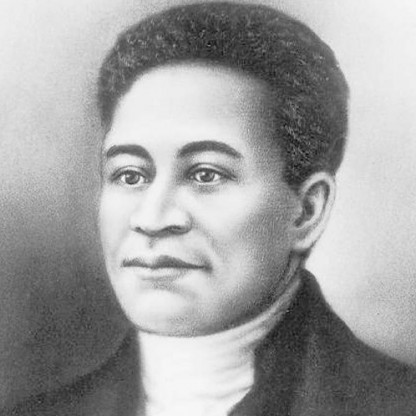The group was brought to St. Louis, Missouri, in late June 1904 without Verner, who had been taken ill with malaria. The Louisiana Purchase Exposition had already begun, and the Africans immediately became the center of attention. Ota Benga was particularly popular, and his name was reported variously by the press as Artiba, Autobank, Ota Bang, and Otabenga. He had an amiable personality, and visitors were eager to see his teeth, which had been filed to sharp points in his early youth as ritual decoration. The Africans learned to charge for photographs and performances. One newspaper account, promoting Ota Benga as "the only genuine African cannibal in America", claimed "[his teeth were] worth the five cents he charges for showing them to visitors".









